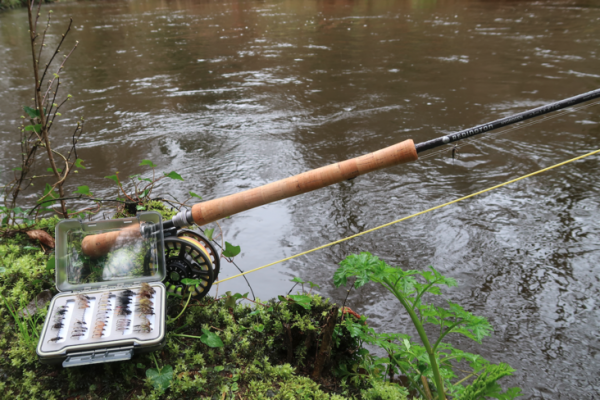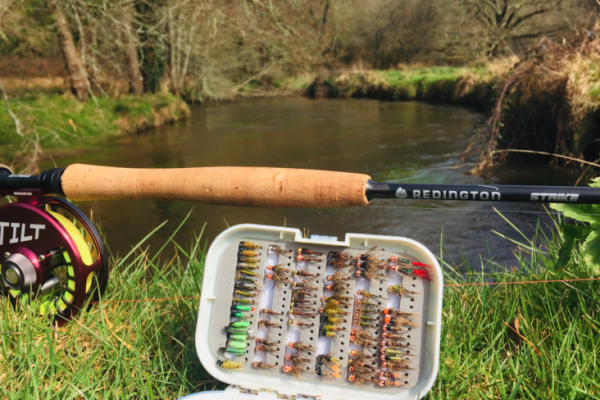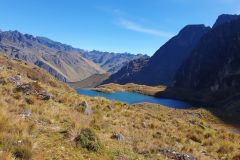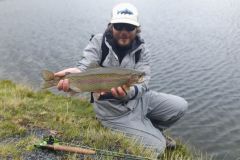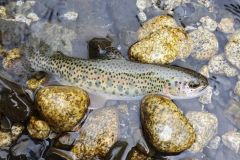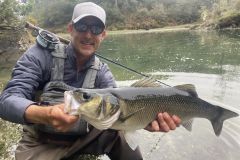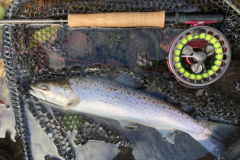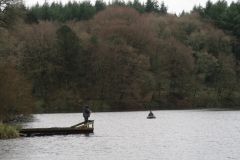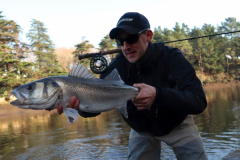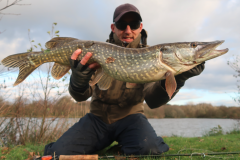What equipment should you use for drowned trout fishing?
You don't have to use any specific equipment to fish with a wet fly, so it's possible for everyone to take an interest and sometimes find solutions better suited to the conditions.
As always, the size of the river will guide your choice of rod length and power.
To put it simply, the wider the river, the longer the rod needs to be to be able to cast at greater distance and cover the river, but also to achieve beautiful drifts and reposition the silk (mending).
Rod lengths and power
- Rivers over 20 metres wide :
On this type of river, a Trout Spey rod, also known as a switch rod, is ideal. They come in a range of sizes, from 10.6 to almost 12 feet for 3 to 5 fly lines as a general rule, making it easy to cast to greater distances without straining and presenting your flies well.
On these rods, the butt will allow you to fish in spey cast and therefore to reach great distances and especially to fish in crowded places, or from the bank and/or with little space behind you.

- Rivers 10 to 20 metres wide:
In this case, a 10-foot rod for a 4 or 5 line will be perfect. Between a trout spey rod and a "conventional" 9-feet rod, it will give you a bit of length to lengthen your casts if necessary, as well as being able to support your sinkers well to pass as you wish.
- Rivers less than 10 metres wide :
Drowned water fishing can also be practised in small rivers of less than 10 metres, and even in very small rivers.
You'll still need a bit of length to fish with a rolling cast, and a 9-foot rod will usually do the trick. But in certain cases, such as when the river is very crowded or not very wide, a shorter rod of 8 feet or less may also work, allowing you to get under branches or into small streams.
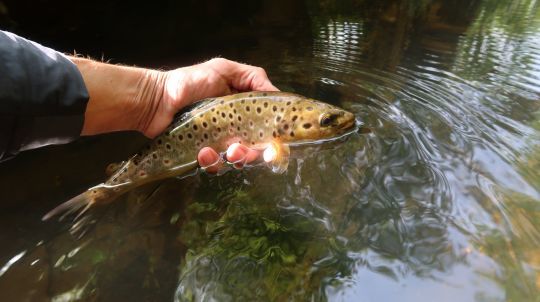
Type, line profile and leader
In most cases, a line with a weight-forward (WF) profile will be recommended, as it enables you to load the rod quickly and propel a train of flies whatever the conditions. It's a very practical profile, especially for rolling casts, but also for Trout Spey silks, which all have this kind of offset spindle. At Rio, you'll find Trout Spey silks (shooting line and skagit trout spey), but also a very pleasant silk, the single-handed spey, which is an excellent silk for one-handed spey and roll casting.
In rivers of less than 20 meters, a WF floating silk with a loop at the end will be very practical for connecting polyleaders or diving tips, to quickly change density according to river conditions and profile (current speed, depth, type of position, etc.).
All brands now offer these leaders specially designed for trout. They are available in different densities from intermediate to very fast plunge and in several lengths (5, 7, 10 feet and more).
The old hands who practised drowning frequently, whether in Brittany or elsewhere, often used an old floating silk which tended not to float too much at the tip, or intermediate silks, to make their flies sink a little more.
Personally, I prefer the floating silk + tippet set-up to adapt quickly to different situations. The points are quick to change from loop to loop.
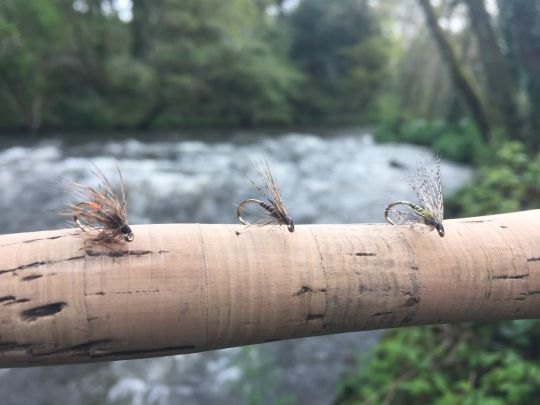
Leader âeuros Rat tail
The leader used to tie your flies will depend on many factors: type of silk or tying, fish activity, river size and depth, etc...
With a floating fly line without a sink tip, a leader of one to one-and-a-half rod lengths will be well suited. It is important that the leader be tapered to allow you to turn your fly train.
I use 45/35/25° Maxima chameleon with a length depending on the size of the river, the season, etc... Then I make a micro-loop (or micro-ring) on which I tie an 18, 16 or 14° tippet, spacing the flies 50 to 80 cm apart, depending on conditions, on 10 cm stems.
On a plunger or polyleader tip, a single-strand nylon or fluorocarbon tip connected to the mouthpiece will be even easier to use.
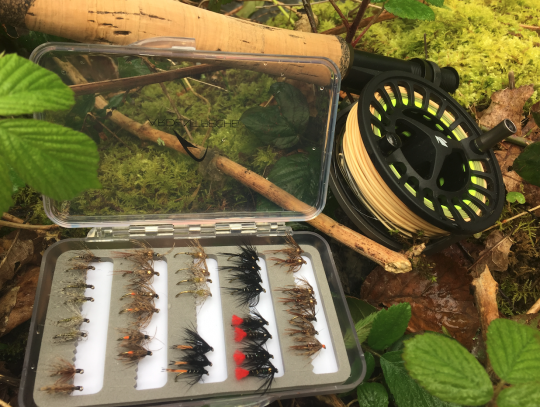
Train of flies for drowning
It is possible to fish with one, two or three flies.
If the water is very cold and high, one or two flies will suffice. They will have to fish hollow in any case, and in this case the jumper (fly closest to the silk) will be useless.
Tippet flies should be heavier/tigered, or even ball-weighted to fish deeper and submerge quickly, but also to tension the leader well.
The intermediate fly can be tied with different materials, depending on the speed of the current. With soft feathers (woodcock, partridge, etc.) for calmer areas, and with stiffer/tonic feathers (rooster, pardo, etc.) for faster areas.
The aim is to have flies that vibrate and are lively and attractive.
On the other hand, when conditions are more clement, with warmer waters and more active trout, the use of three flies allows you to fish at three different levels (water heights) and also to present three models/silhouettes/colors and sizes of flies, making it easier to find what fish like.
The tippet will always be the heaviest fly, the intermediate a rather streamlined model for quick immersion and the jumper always fuller representing the emergence or an adult fly drowned under/within the film.
As far as patterns are concerned, you have to continually look for what works best for each river and condition, and what trout like.
Get closer to the insects that are present, especially when they are hatching, to match the reality of the moment. Trout can sometimes be more selective when insects emerge.
Use red, grey, olive and black, which mimic most of the aquatic insects found in our waterways.
If this is not the case, flies with more incentive characteristics (such as perdigone nymphs) can give good results when it comes to arousing the curiosity and aggressiveness of fish. Flies that don't imitate actual insects. Tags on "classic" flies can sometimes really make a difference (orange, red, chartreuse, pink) and increase the number of hits/catches.

 /
/ 